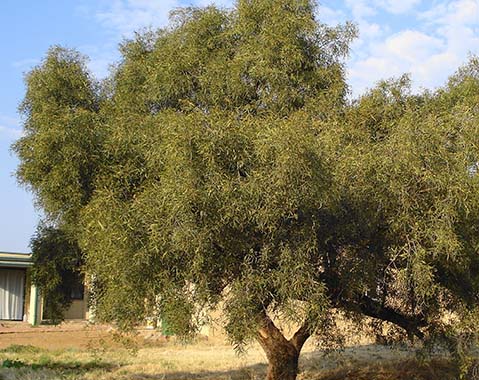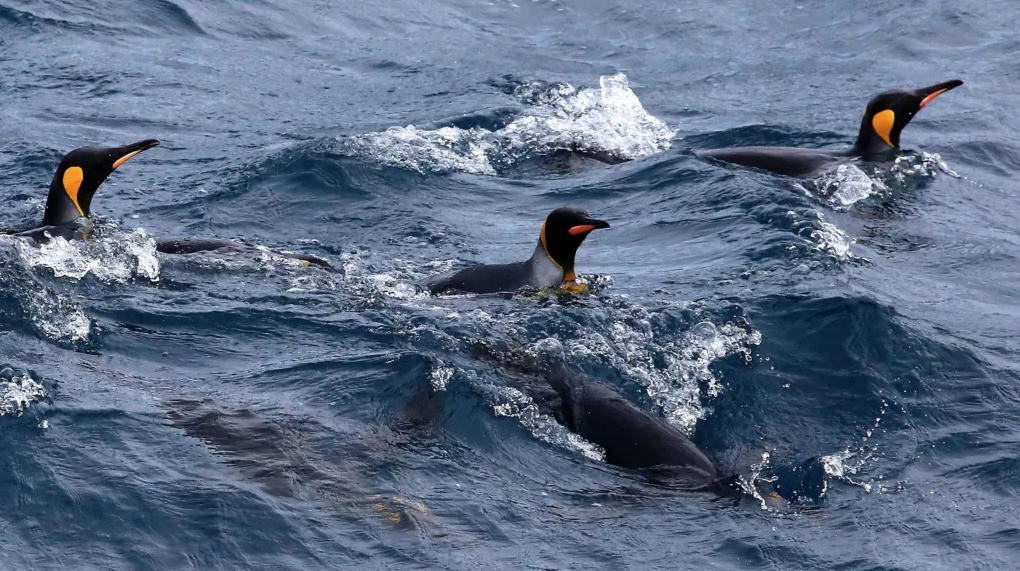THE following is a selection of some drought resistant species that can cope with several nights below zero in succession several times per year:
Sweet thorn, A. soetdoring, D. Weissdorn (Acacia karoo), grows roughly one metre per year but lives only for about 30 years. Depending on how often it rains, it is covered in golden yellow, ball-shaped flowers more than once per season but is bare for some months during the winter.
Camel thorn, A. kameeldoring, D. Kameldorn, H. omumbonde (A erioloba) is an iconic tree especially of the drier parts of Namibia, with a large spreading crown, almost evergreen except for a few weeks in late winter. It currently produces new foliage and golden yellow, ball-shaped flowers as can be seen all over the country.
The camel thorn grows only 30 – 50 cm per year, but may reach an age of 300 – 900 years and more. It does best in deep, sandy soil but can be found almost all over Namibia. Both these acacias have paired straight white thorns and thorny twigs tend to drop from the tree from time to time. Prune them from a young age so that people can walk under the branches without getting hurt.
The buffalo thorn, A. blinkblaar- wag-‘n bietjie’, D. Omukaru, H. omukaru (Ziziphus mucronata) also has thorns in pairs, one straight and one hooked. Its bright green, shiny, simple leaves drop in winter and it is found almost all over Namibia, mostly along river banks and near vleis or pans. It can be pruned to have a trunk with a spreading crown that bears reddish brown ball-shaped fruit and can grow at a rate of 4 – 6 metres in four years. The edible sweetish, mealy fruit attracts birds. The plants can be pruned and trained along a boundary fence to create an impenetrable barrier.
Now for some trees without thorns. The shepherd’s tree, A. witgat, D. Hirtenbaum, H. omutendereti (Boscia albitrunca) is well known as a shade tree at the lay-bys along roads from Rehoboth northwards. It usually has a dense crown of evergreen leaves that drop for a short while in early spring to make way for masses of small yellowish green flowers – visible all over now – that develop into edible sweetish berries very popular with people and birds.
The wild olive tree, A. Olienhout, wilde olyf, D. Wilde Olive, H. kanongovandu (Olea europaea subsp. africana) has a neat rounded evergreen crown consisting of leaves that are dark olive green above and silvery green underneath. It grows about 80 cm per year. The fruit is much smaller than commercial olives and edible but usually not very tasty. Its main value for a garden is its neat shape and the silvery leaves.
Another evergreen and very hardy tree is the wild ebony, A. abikwa, ebbehoutboom, D. Namibischer Ebenholzbaum, H. omuzema (Eucela pseudebenus). Its thin drooping branches with narrow leaves arranged like the bristles on a bottlebruch sway gracefuly in the wind and form a beautiful contrast to the rough black to grey bark. It also grows relatively quickly and is best suited to the arid western parts of Namibia where it can be found along many dry river banks.
Stay informed with The Namibian – your source for credible journalism. Get in-depth reporting and opinions for
only N$85 a month. Invest in journalism, invest in democracy –
Subscribe Now!










